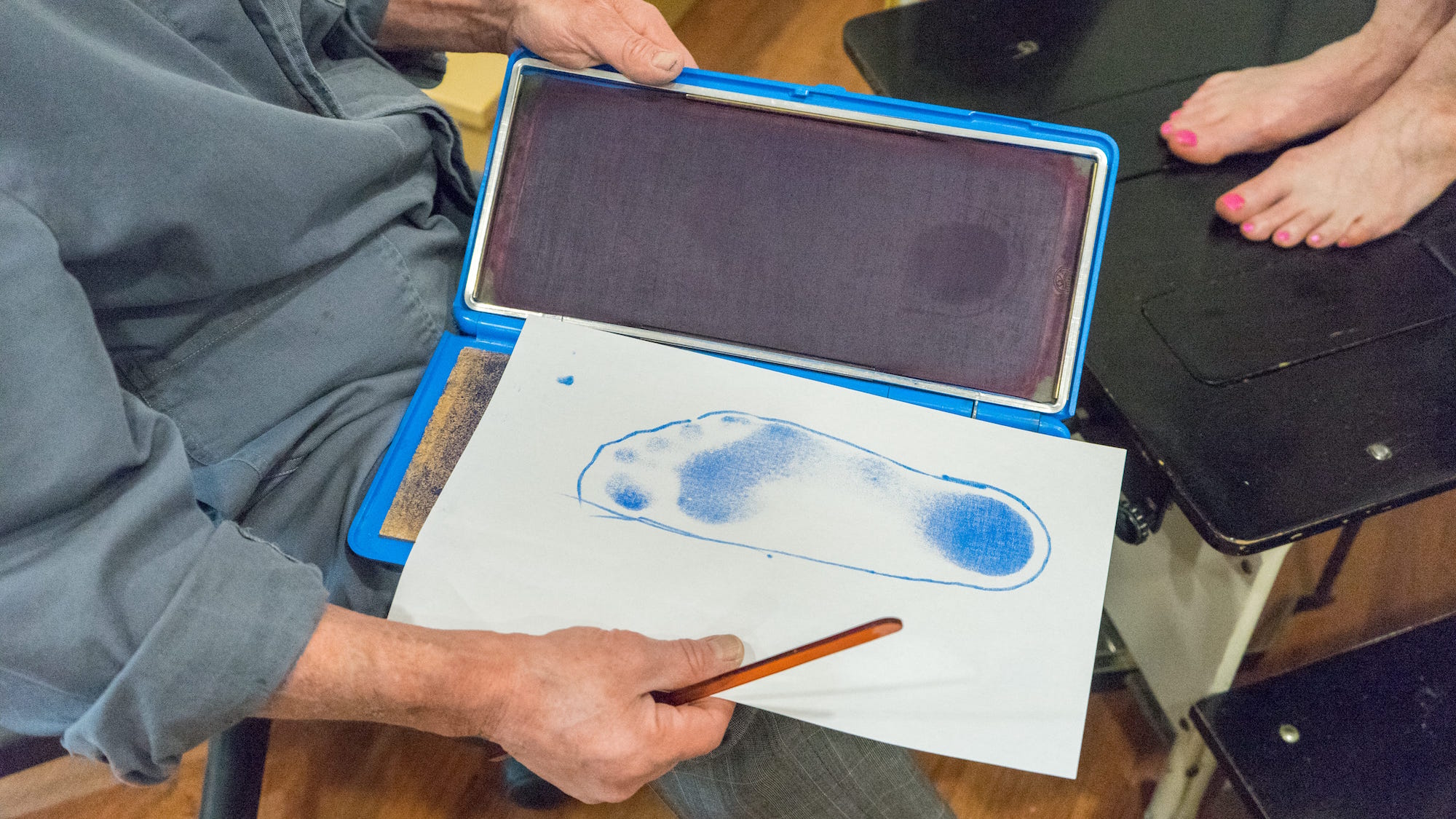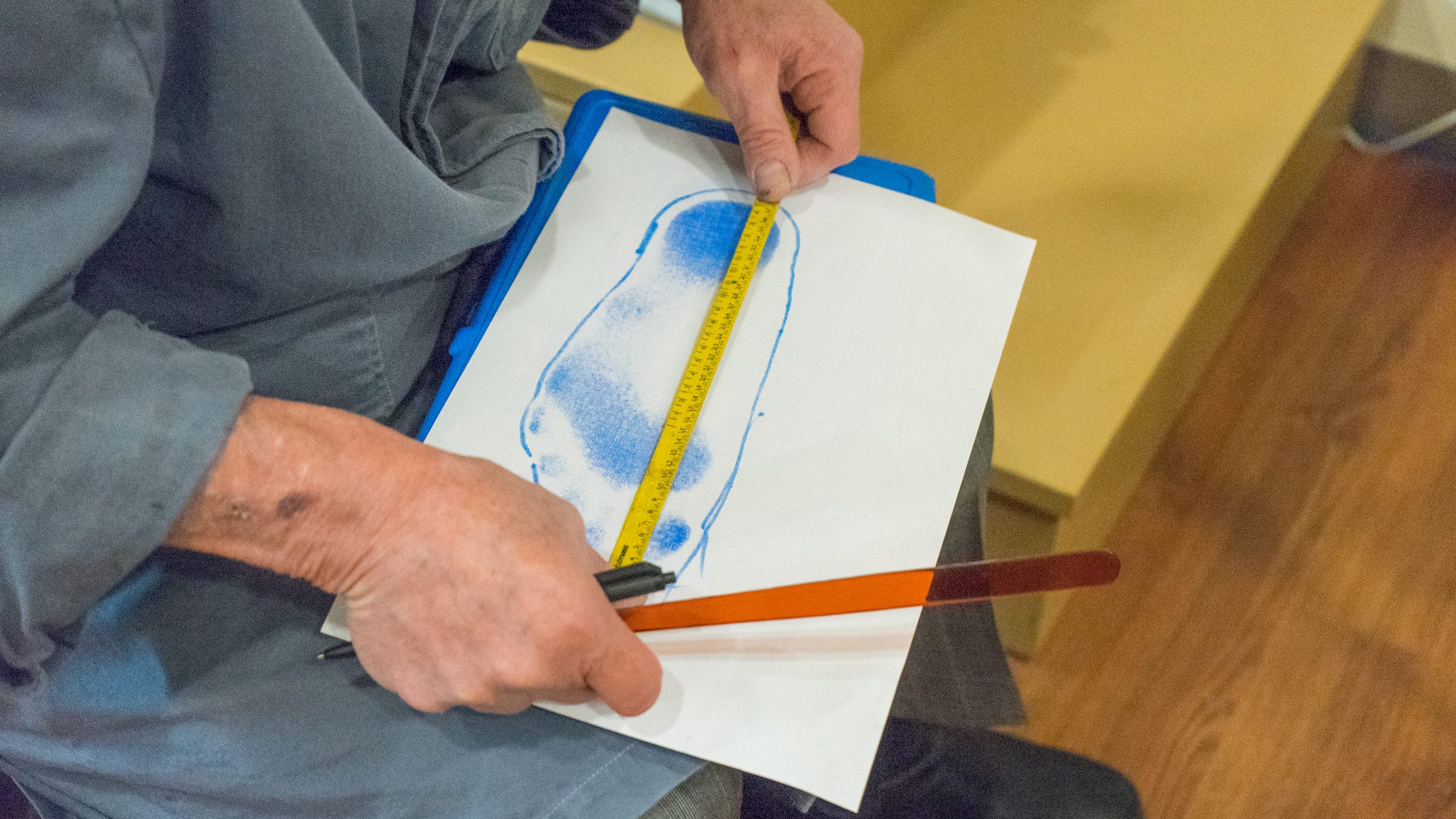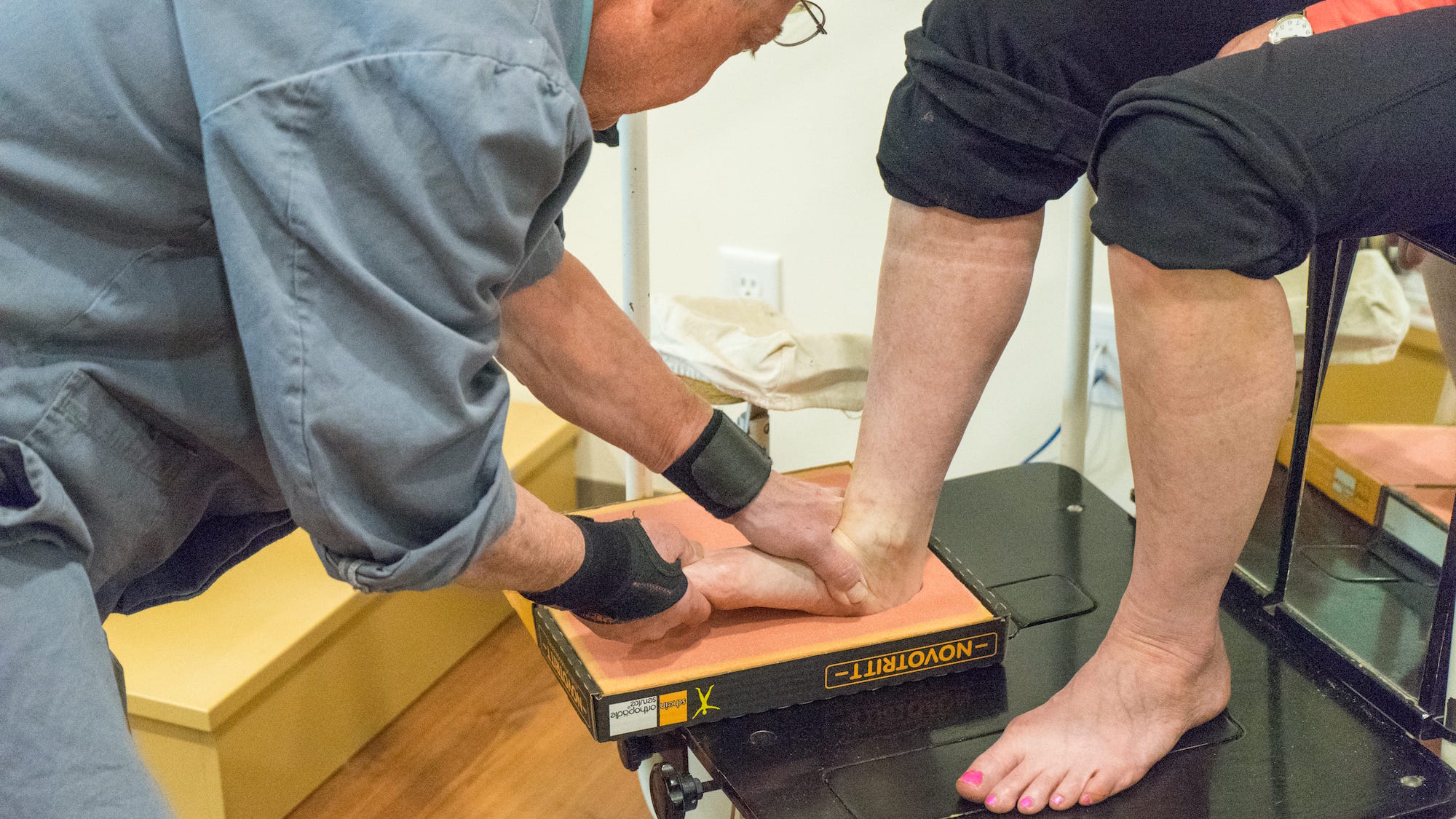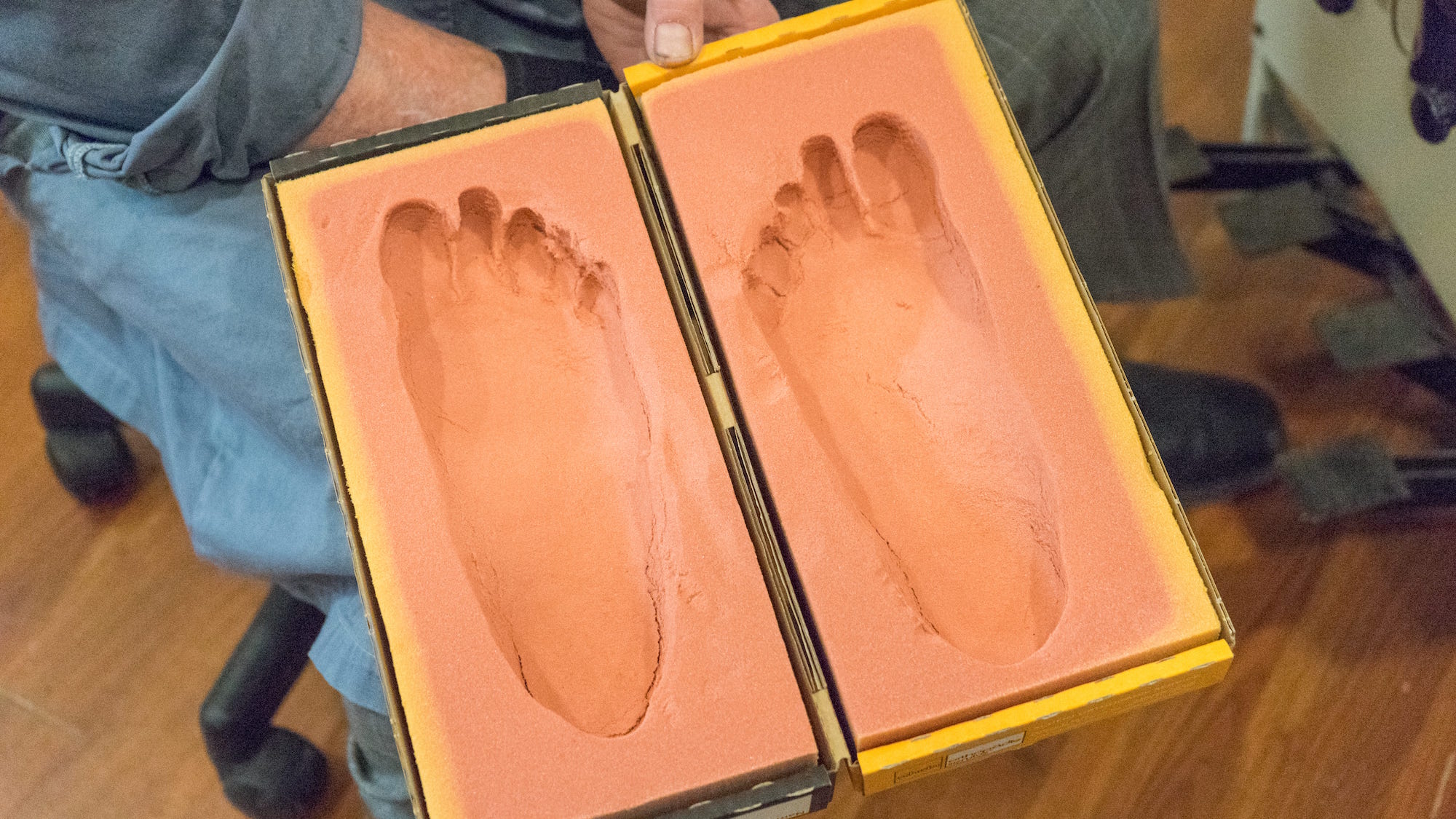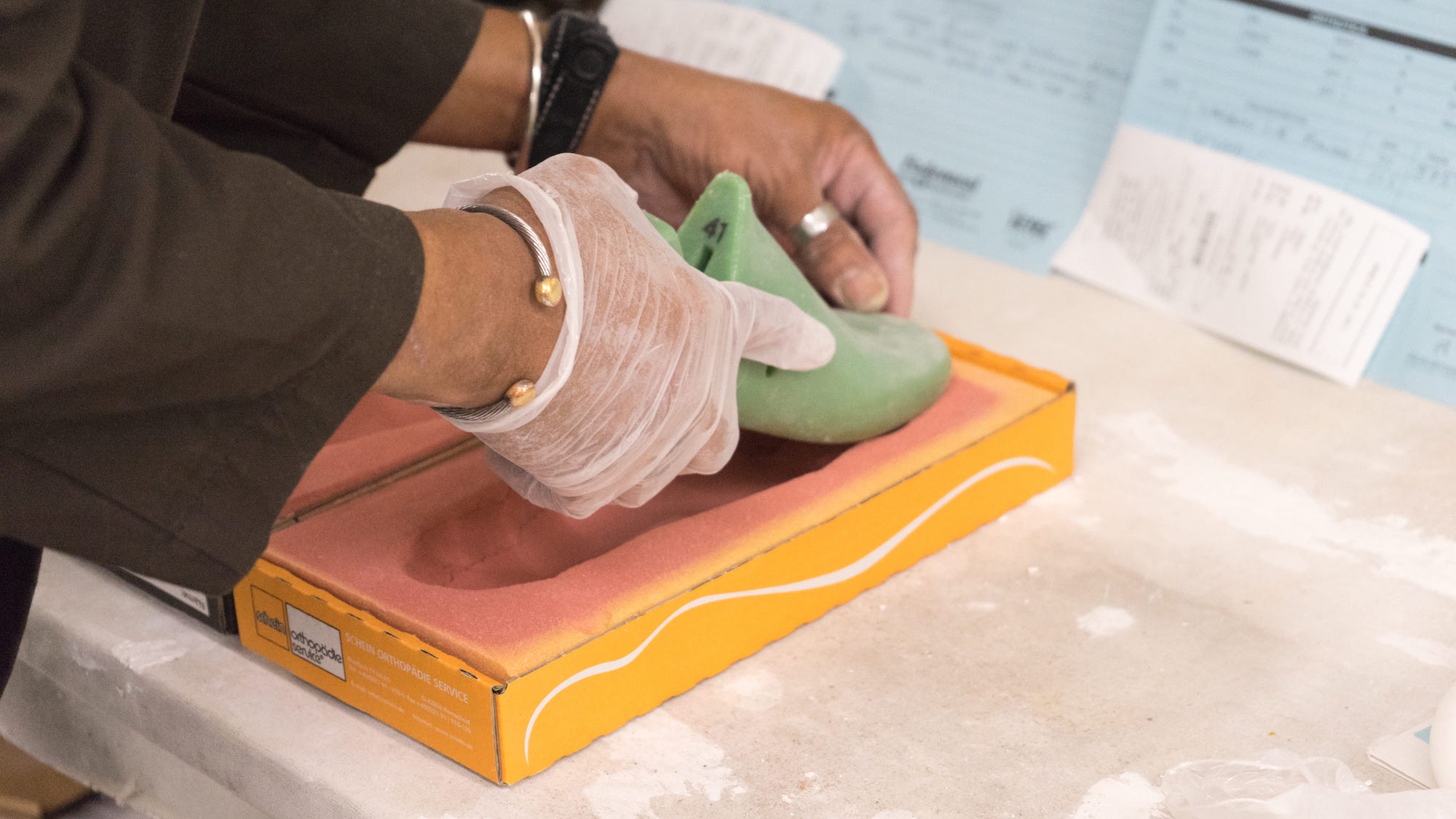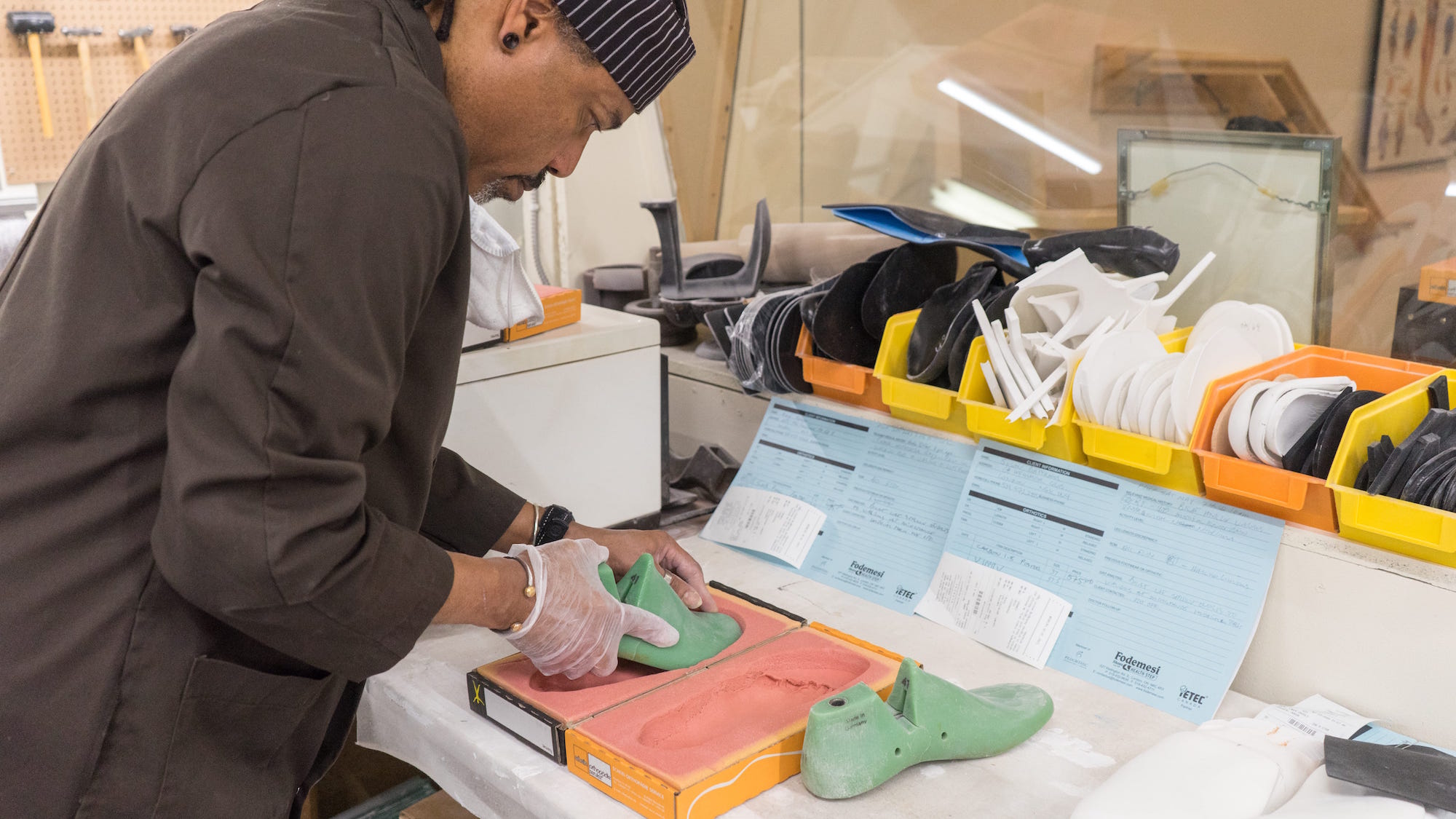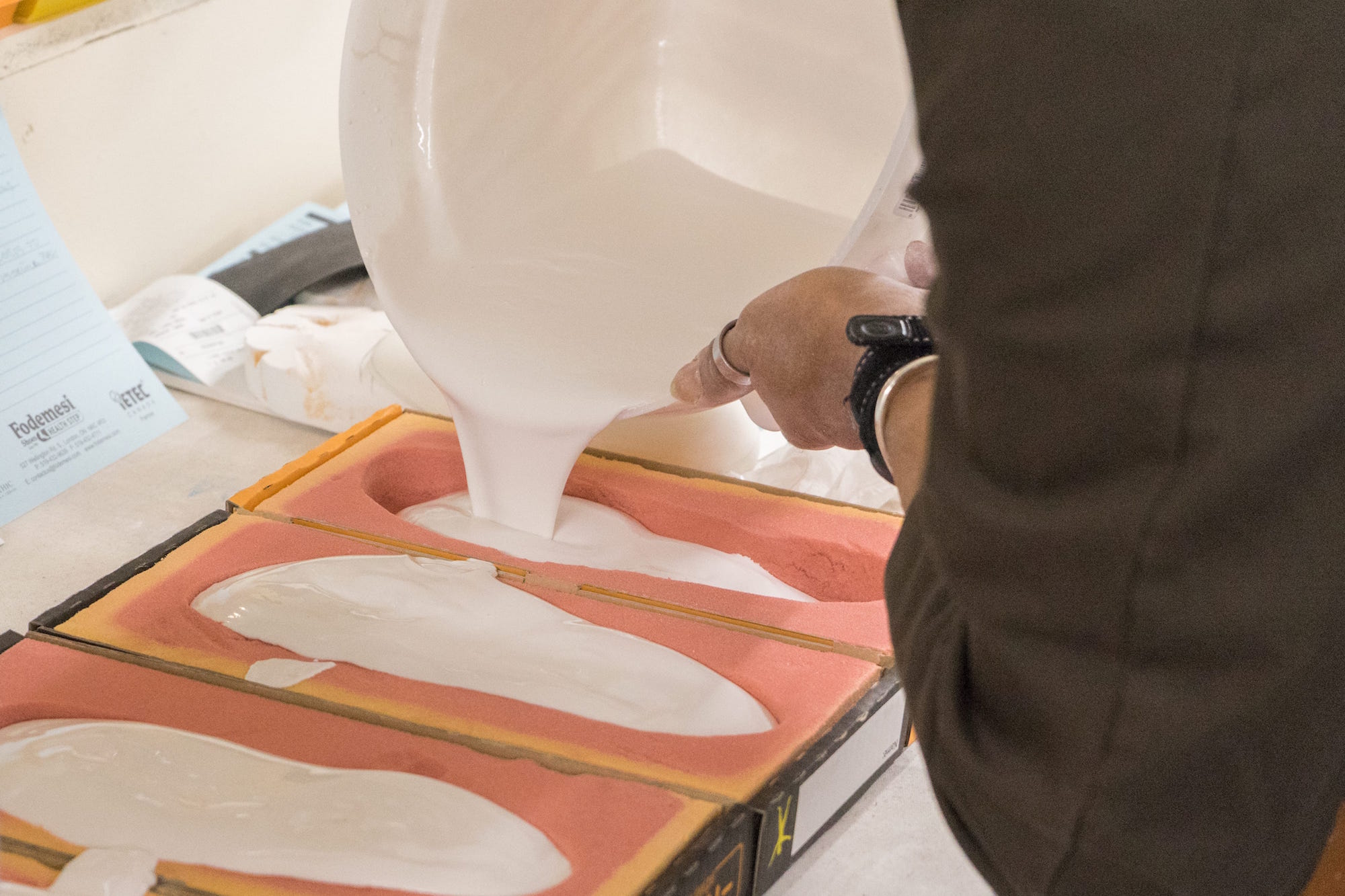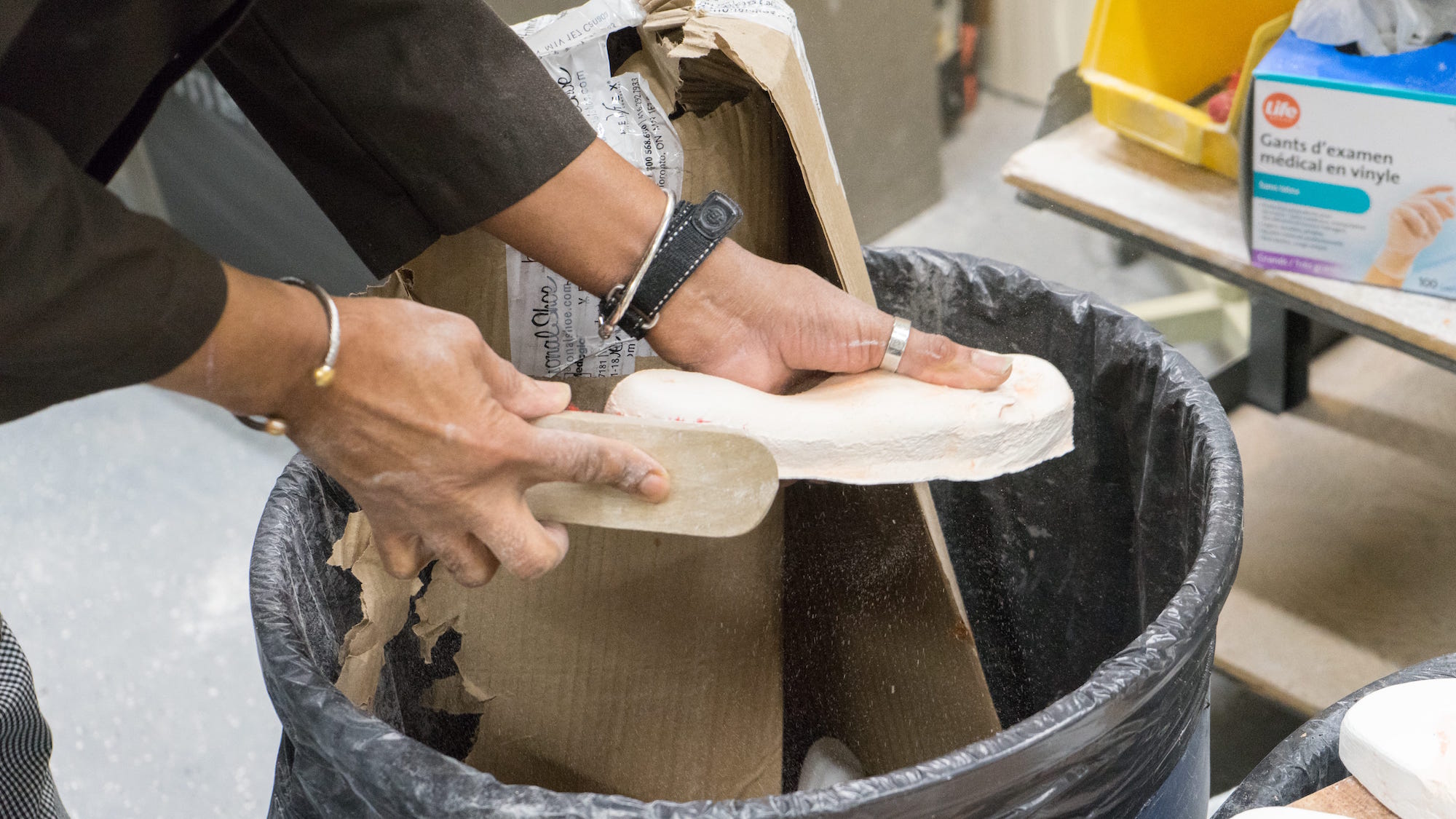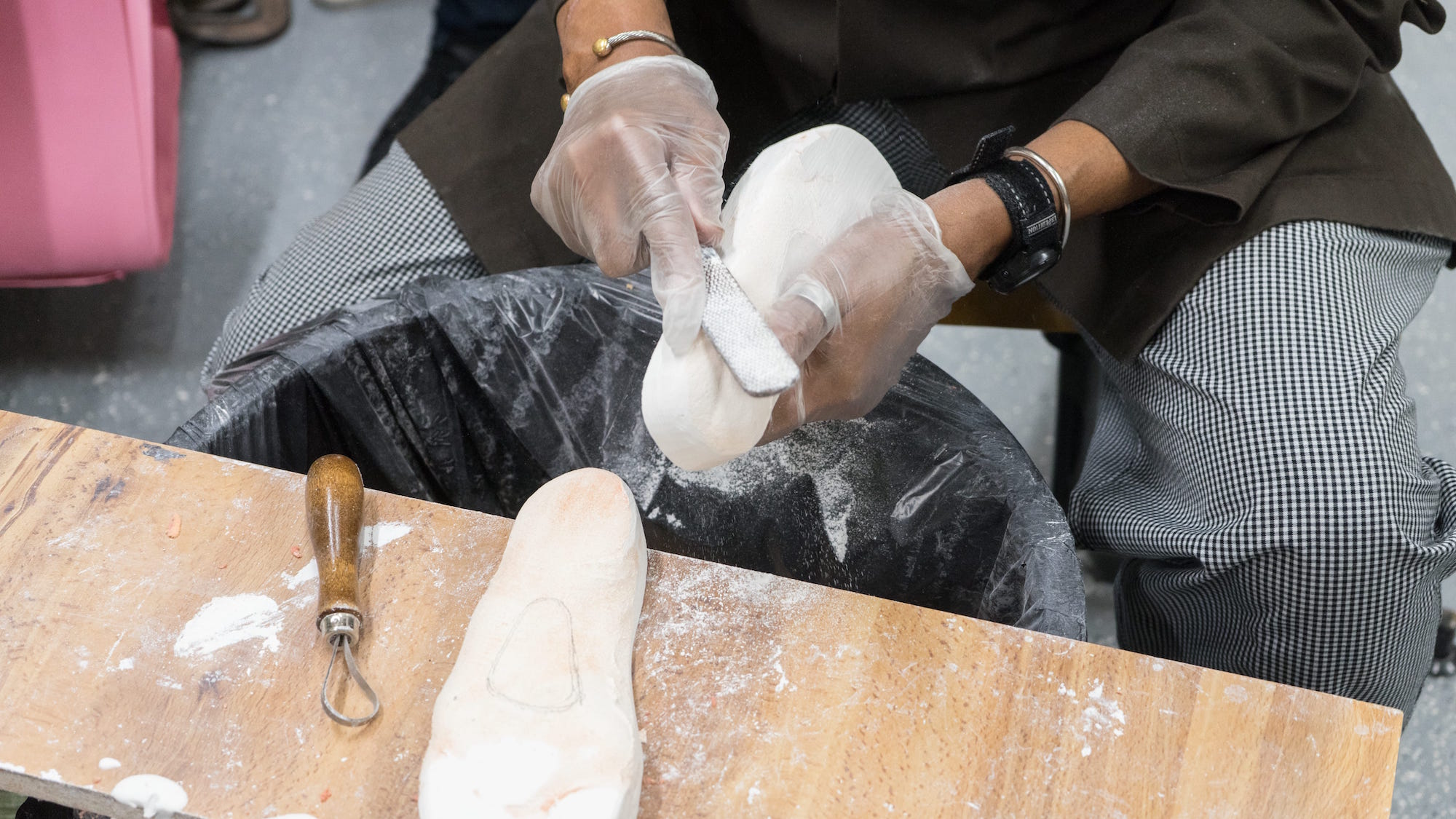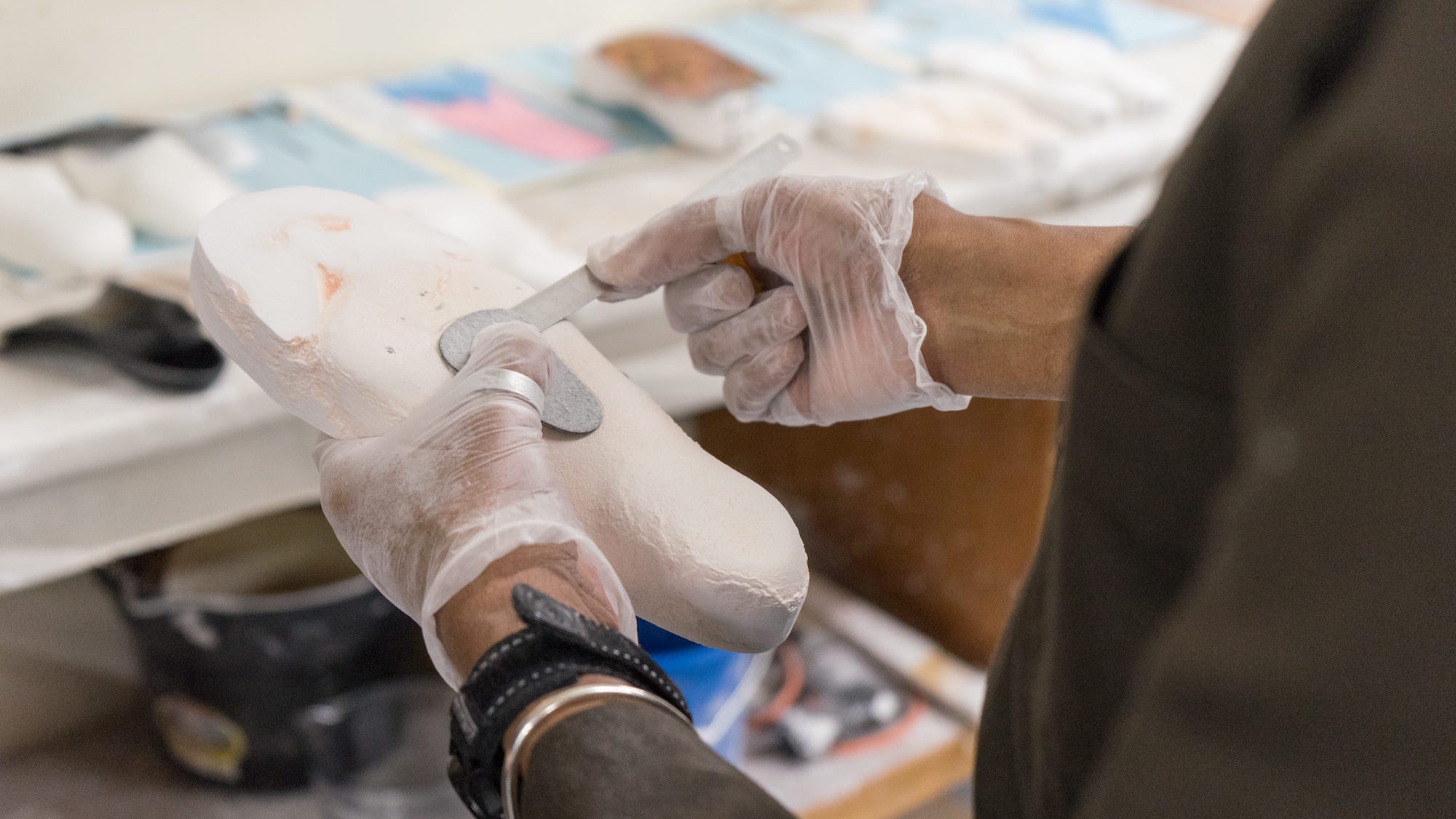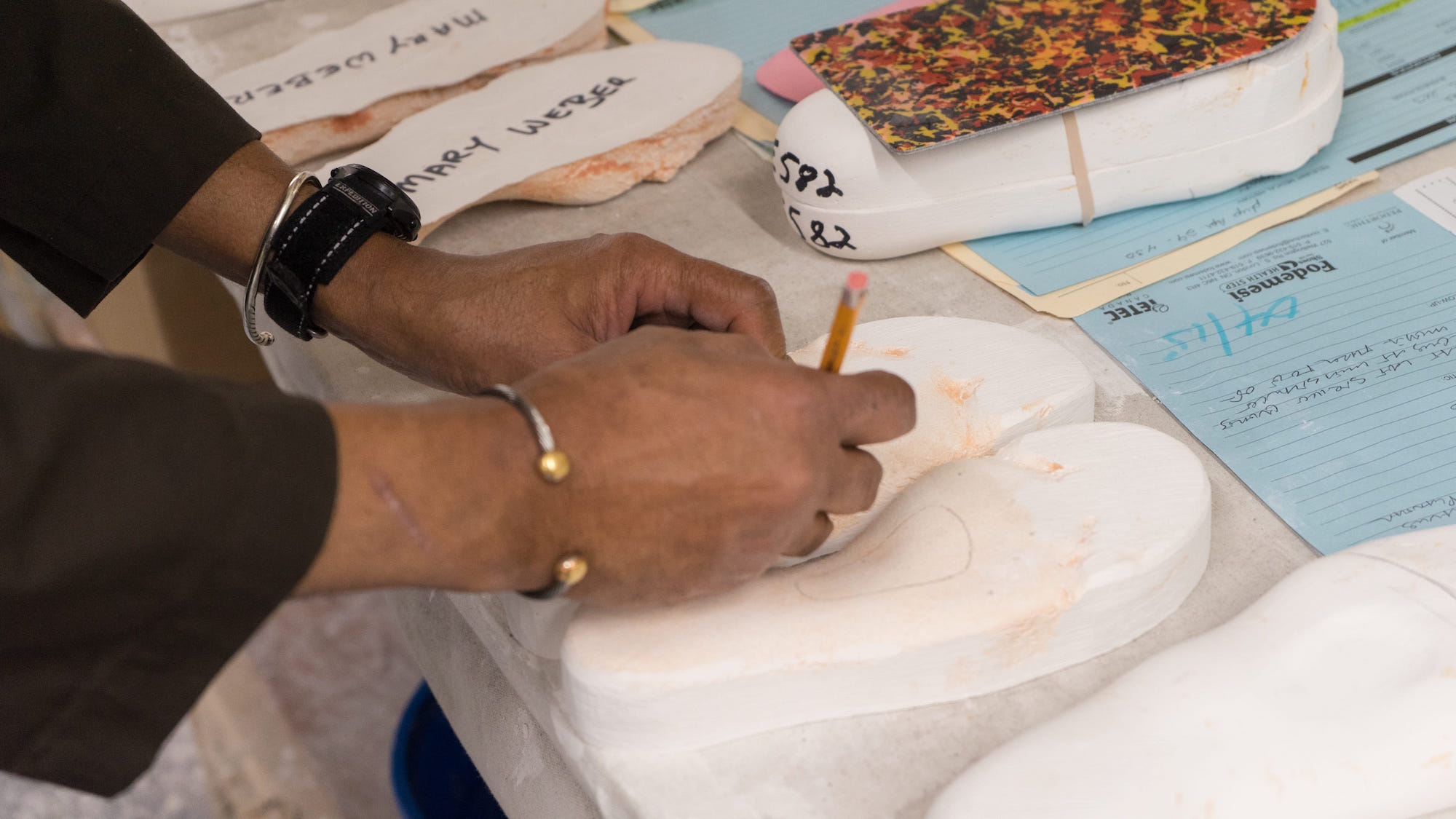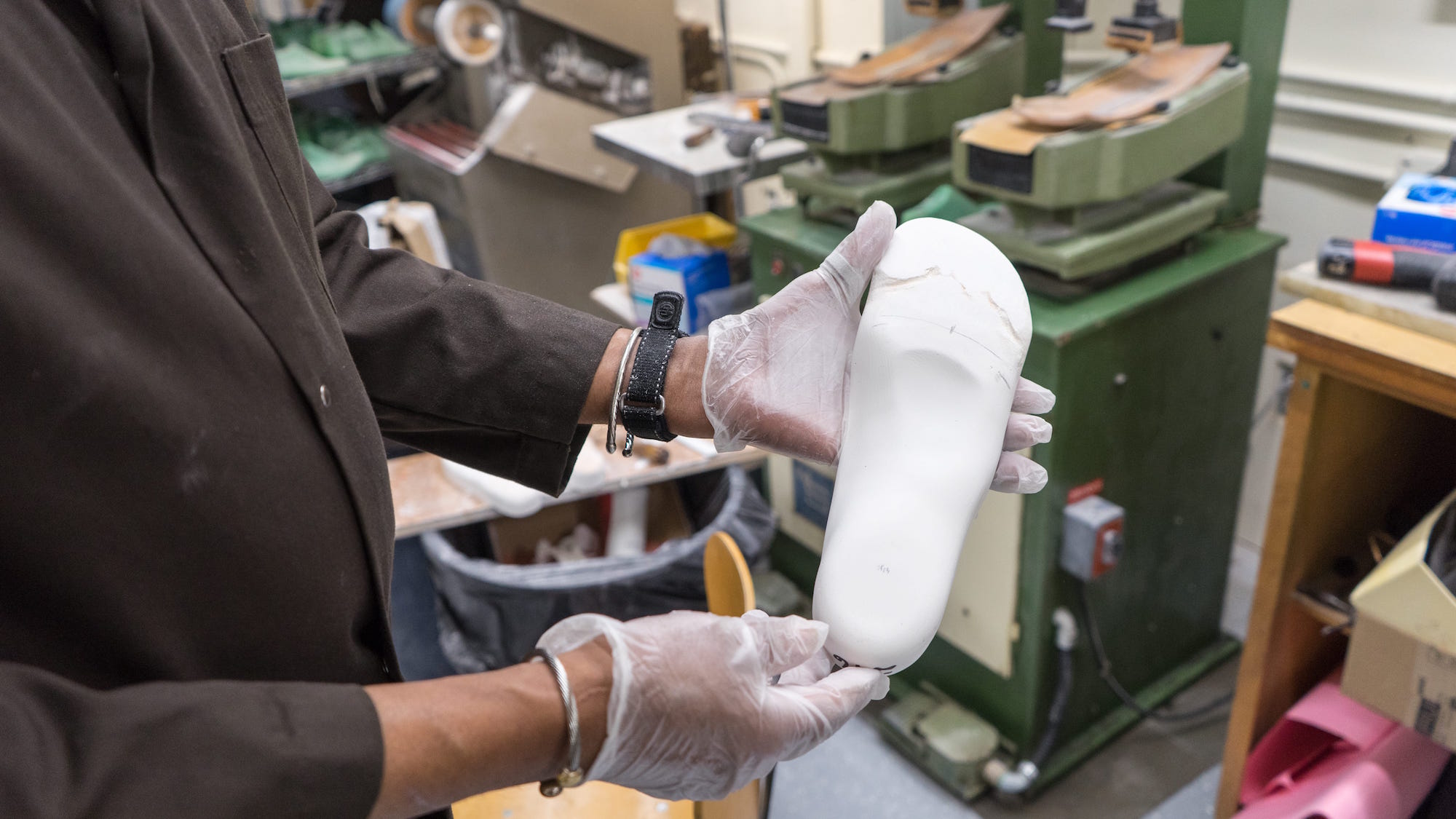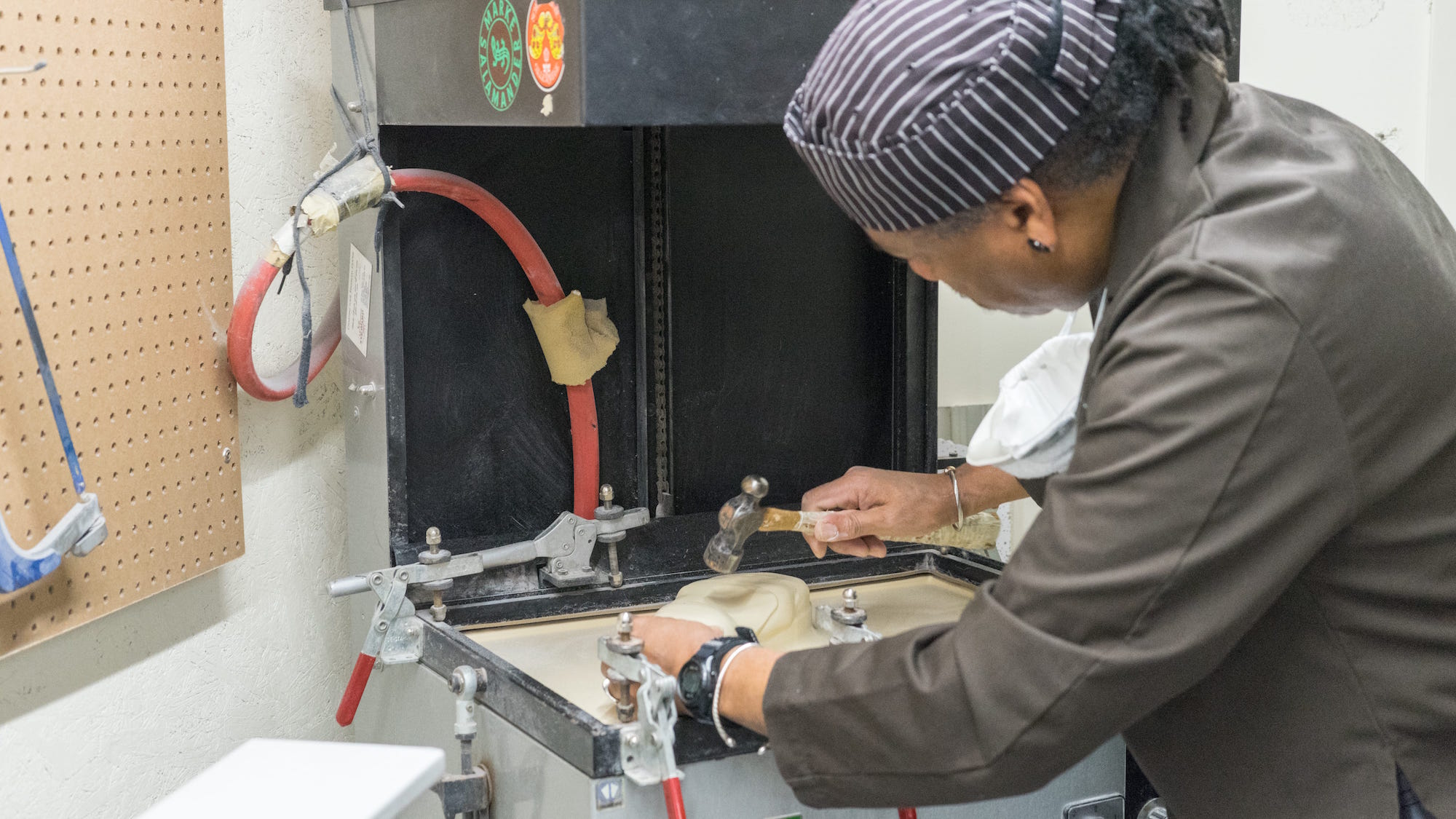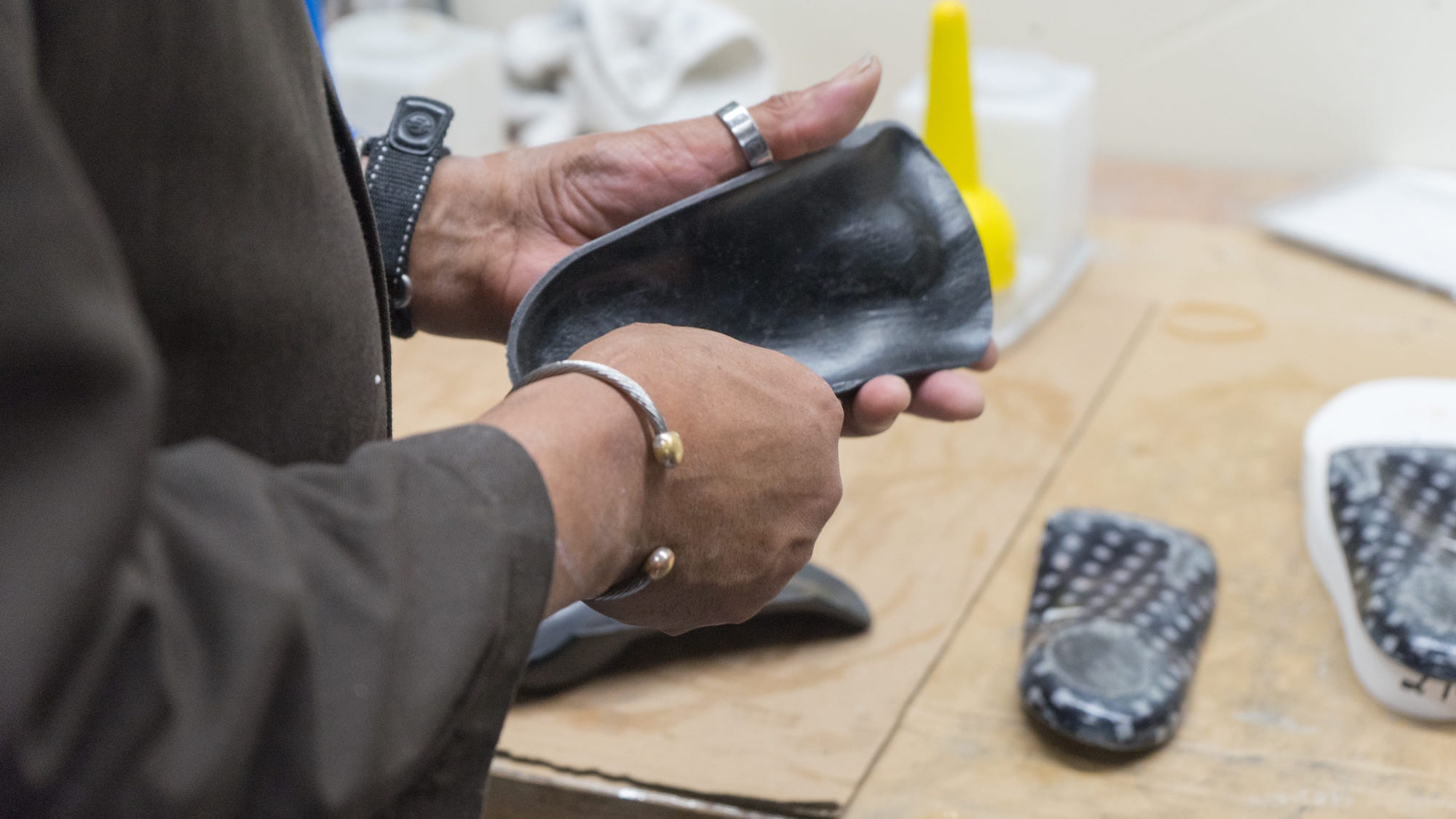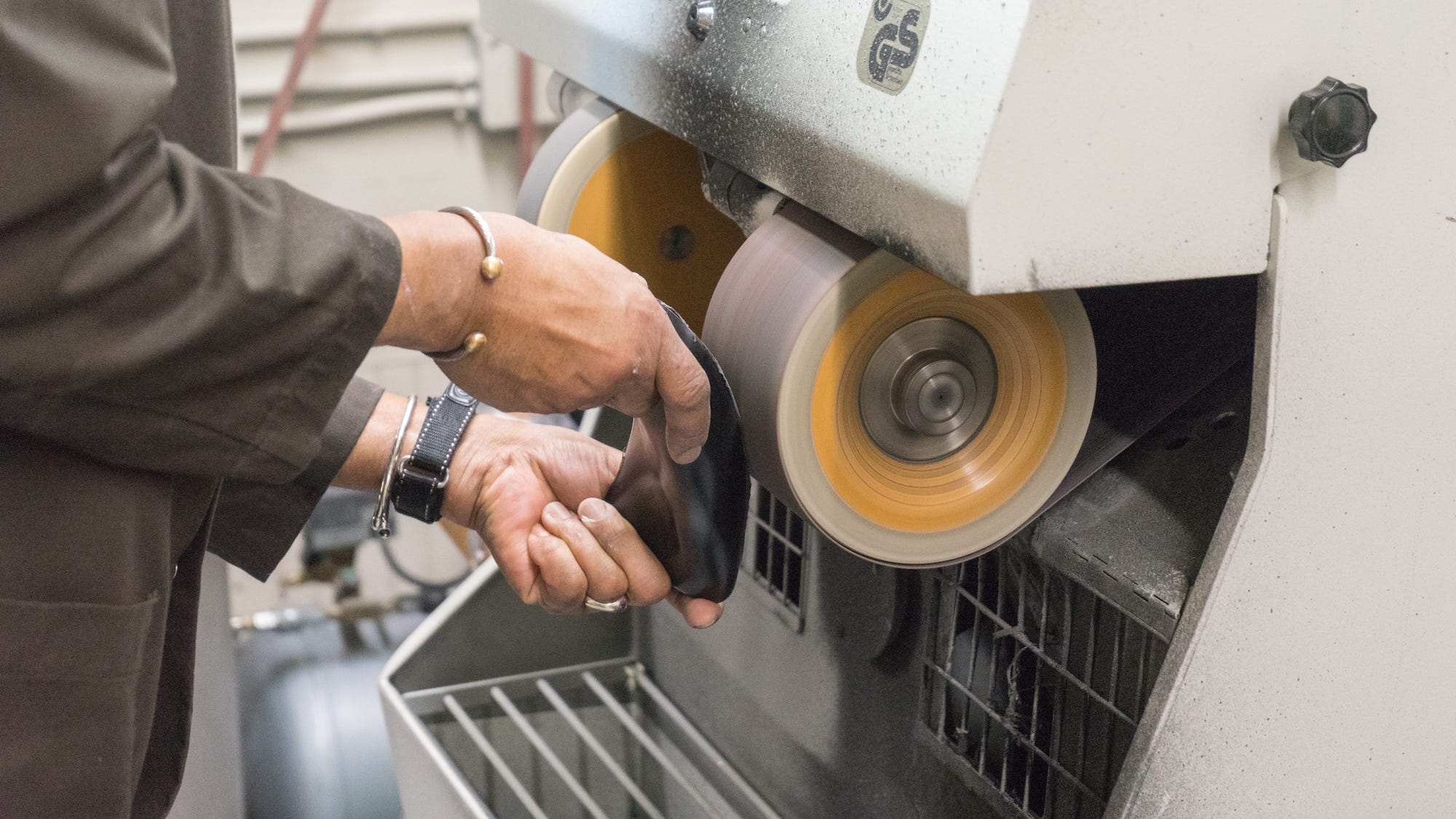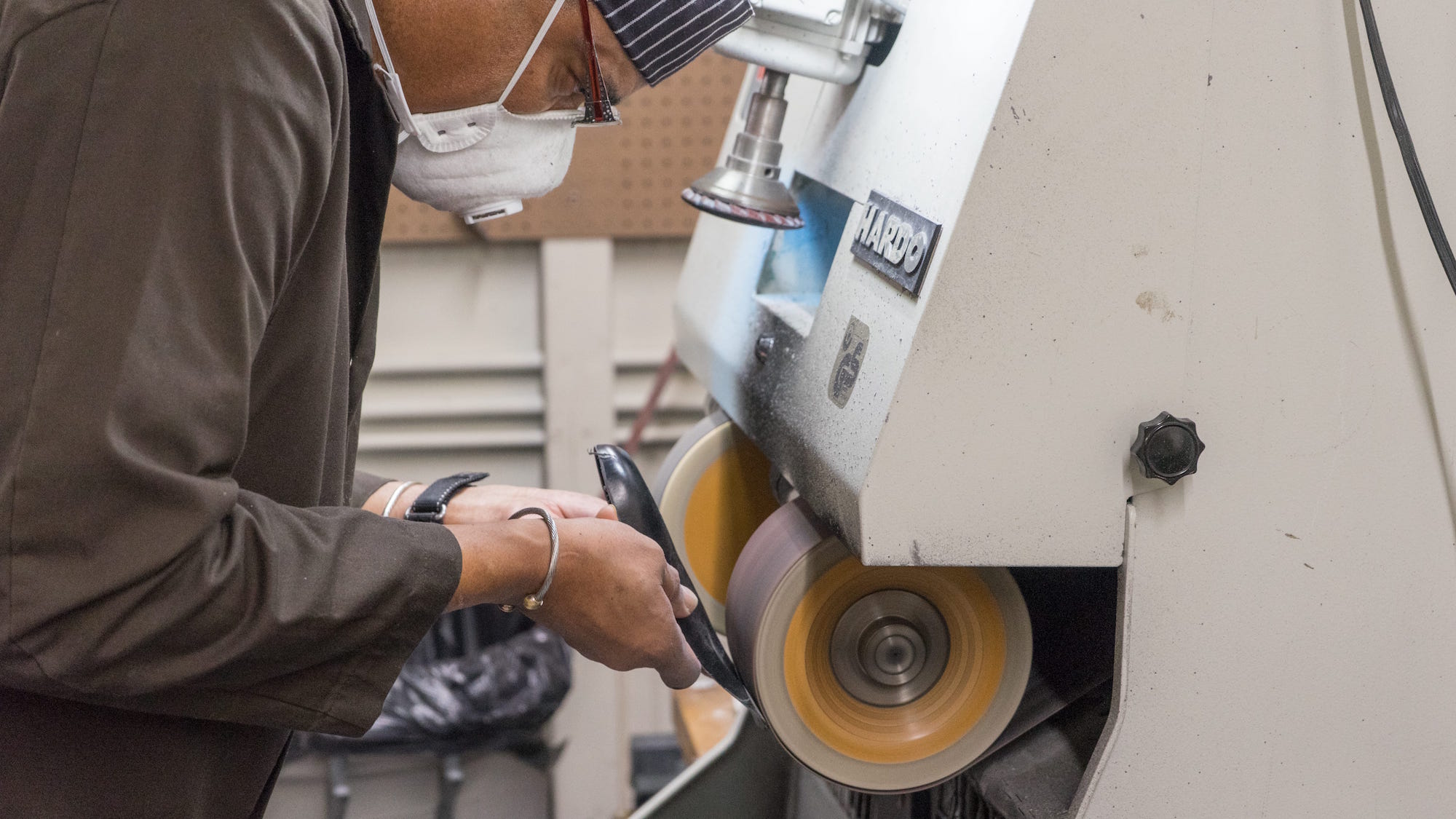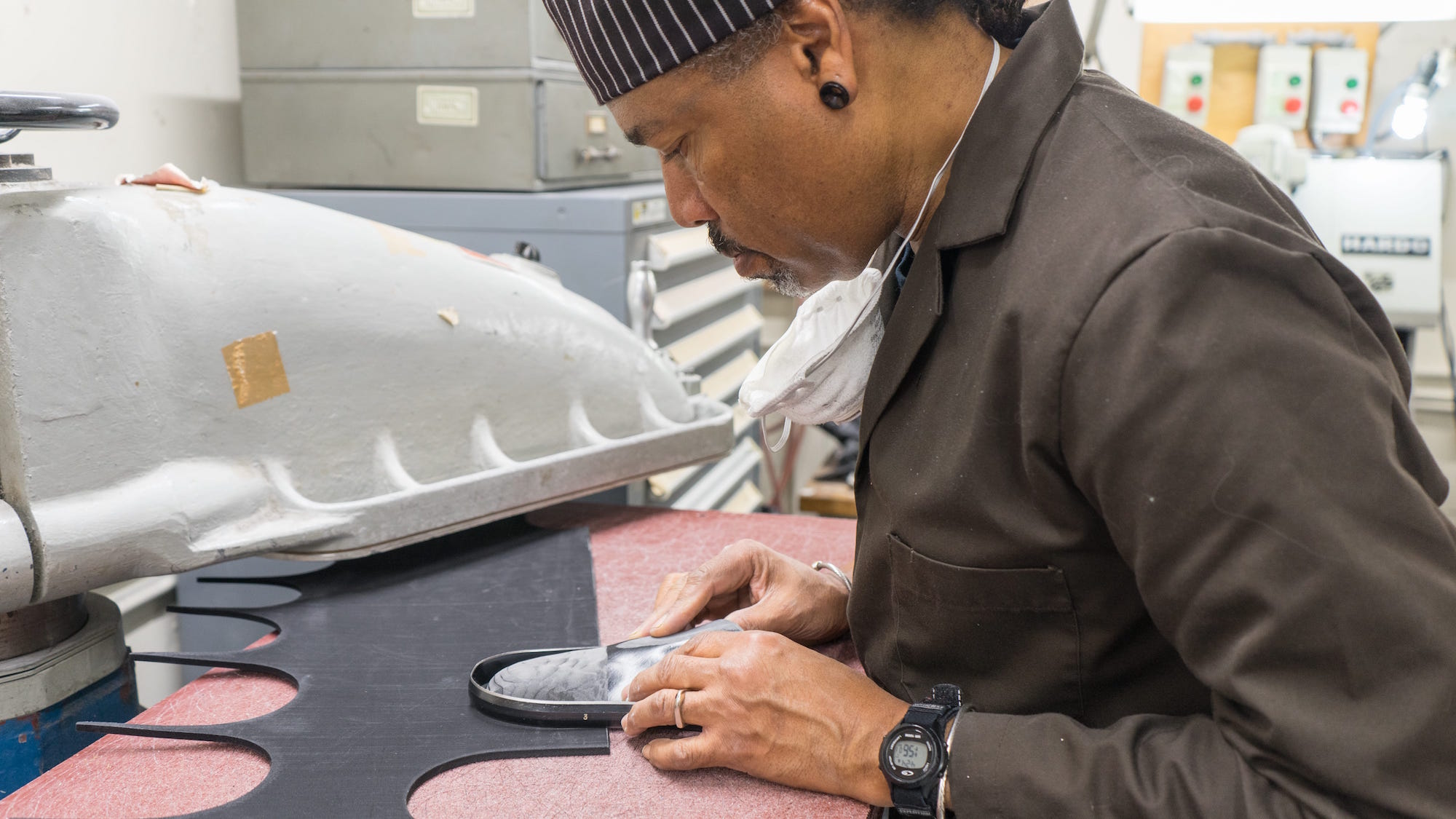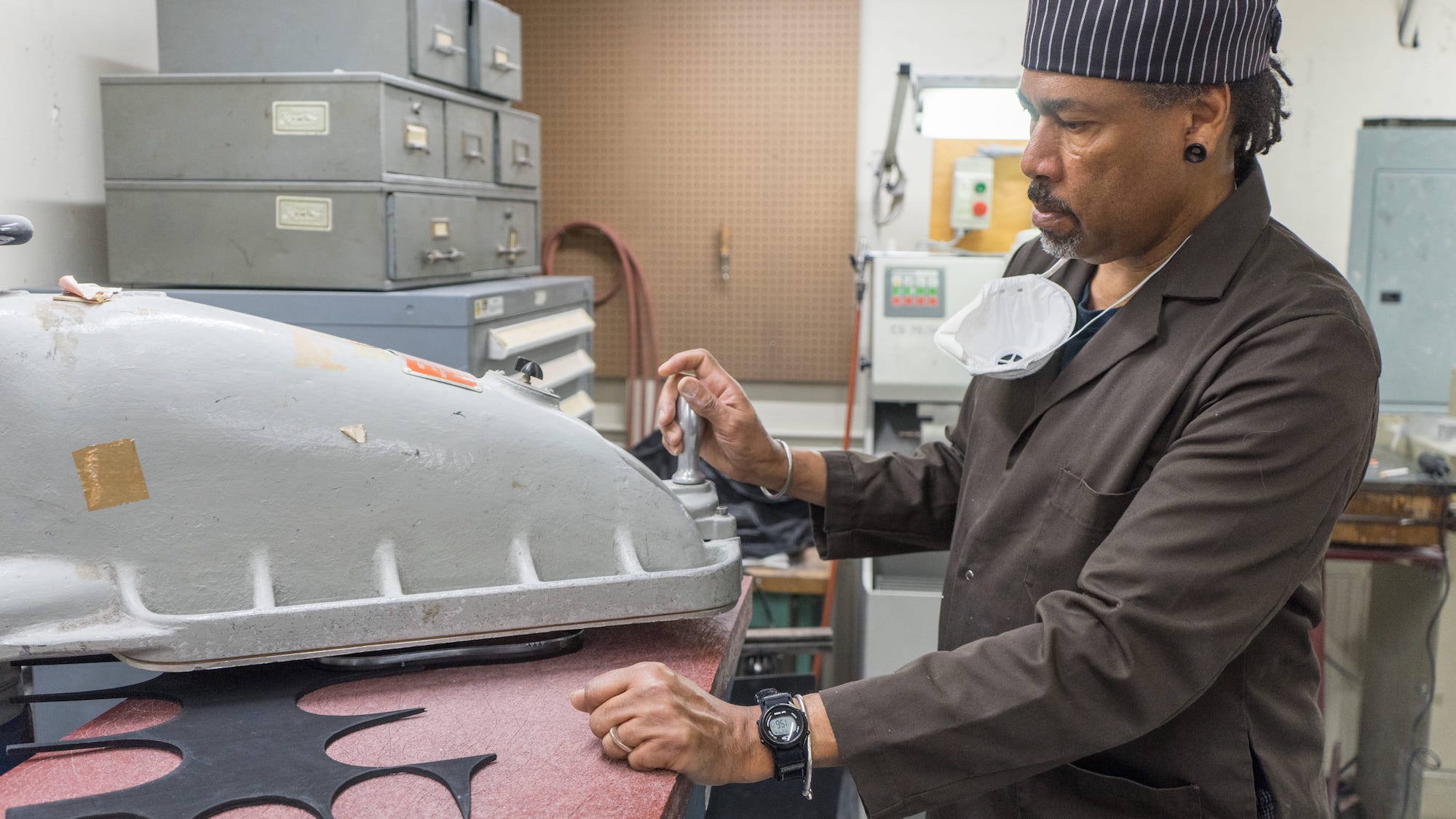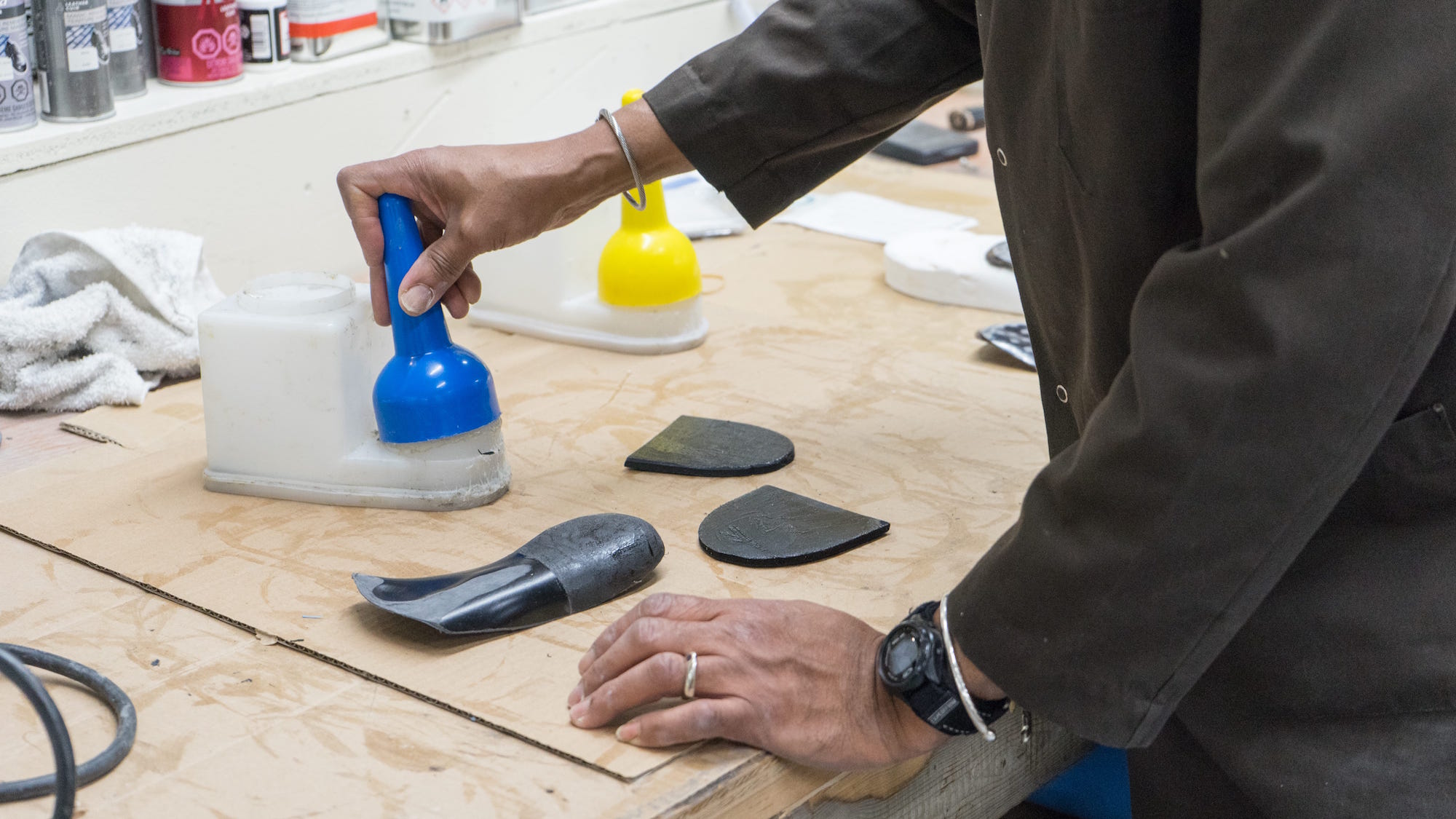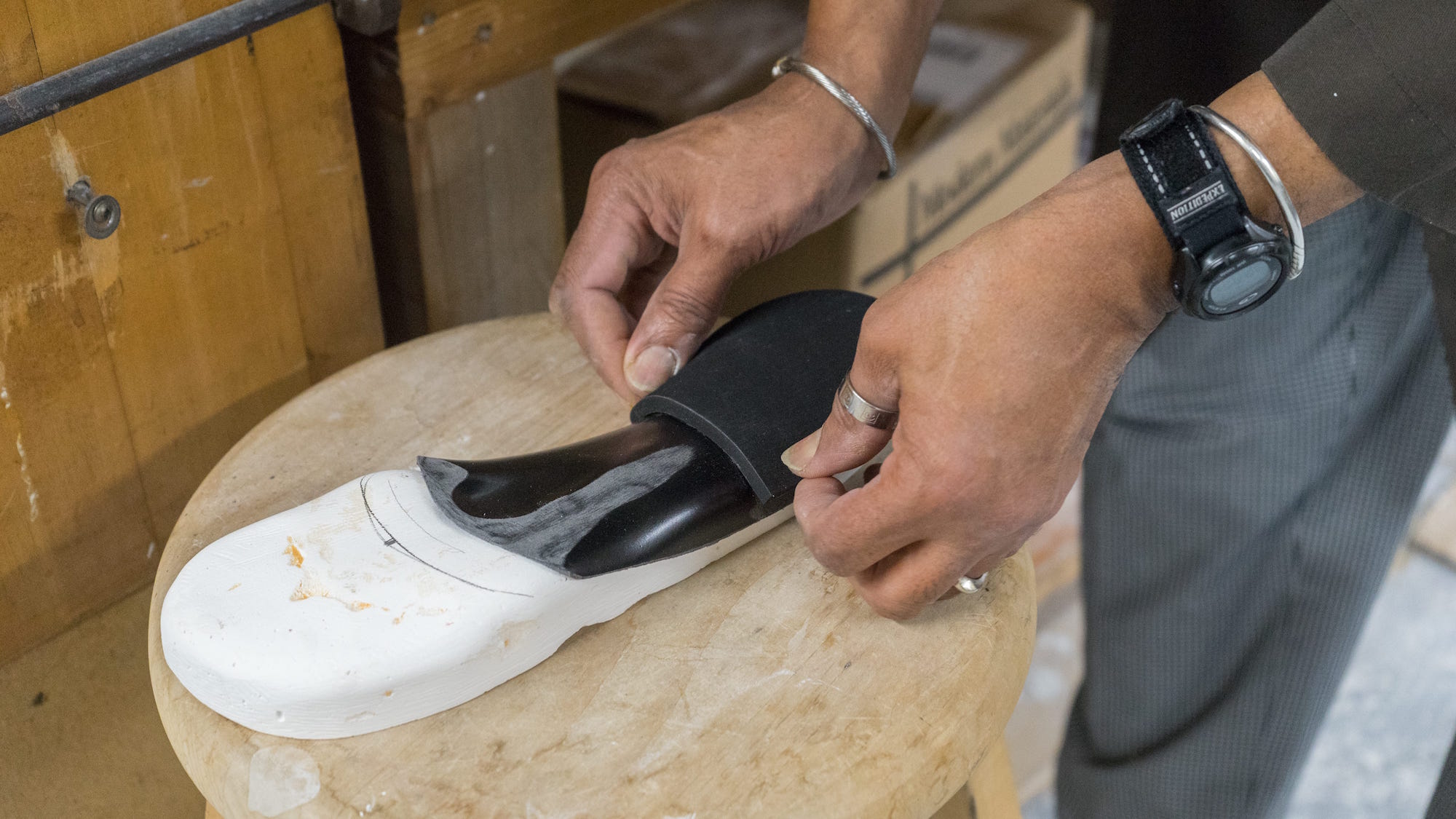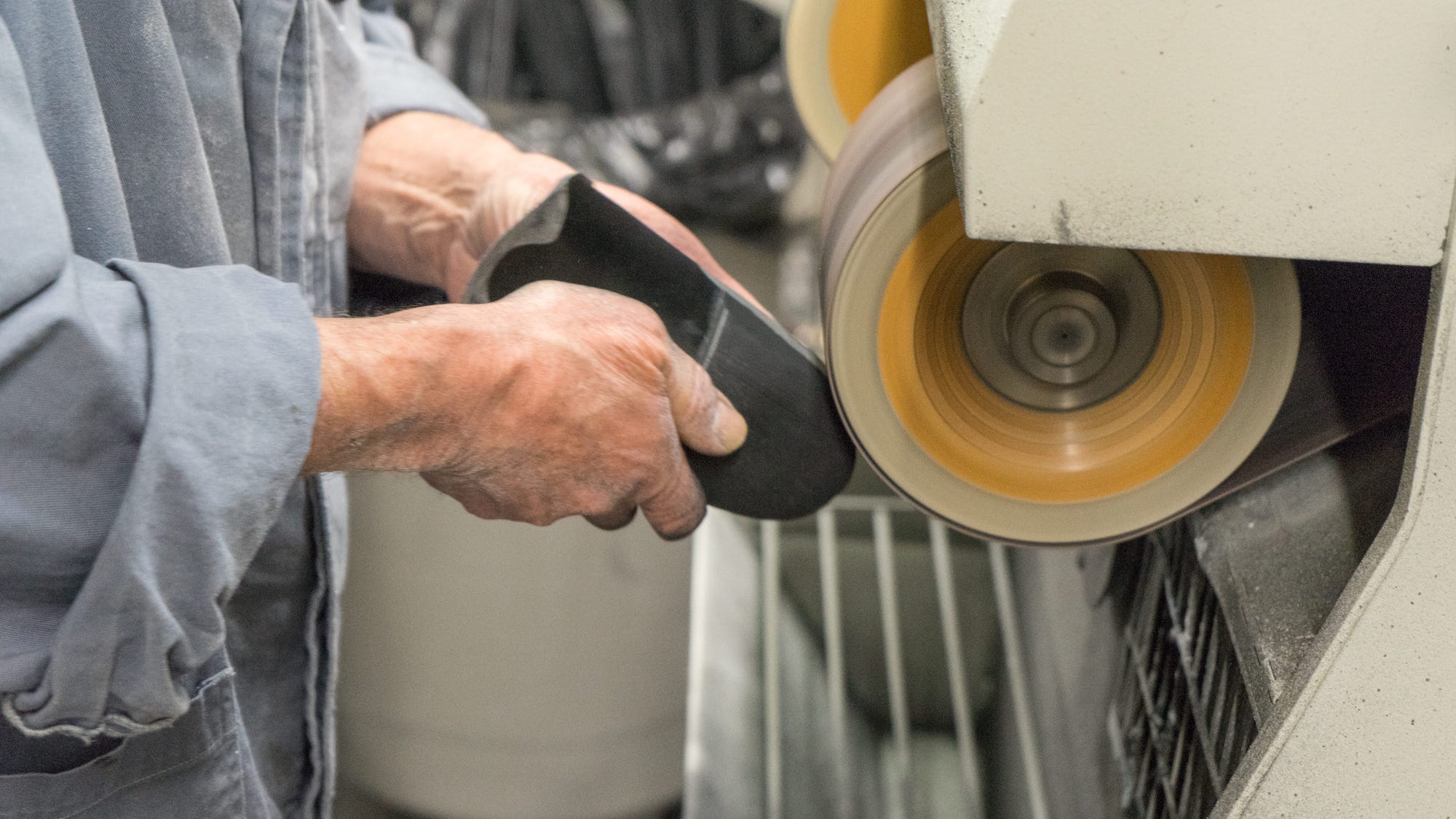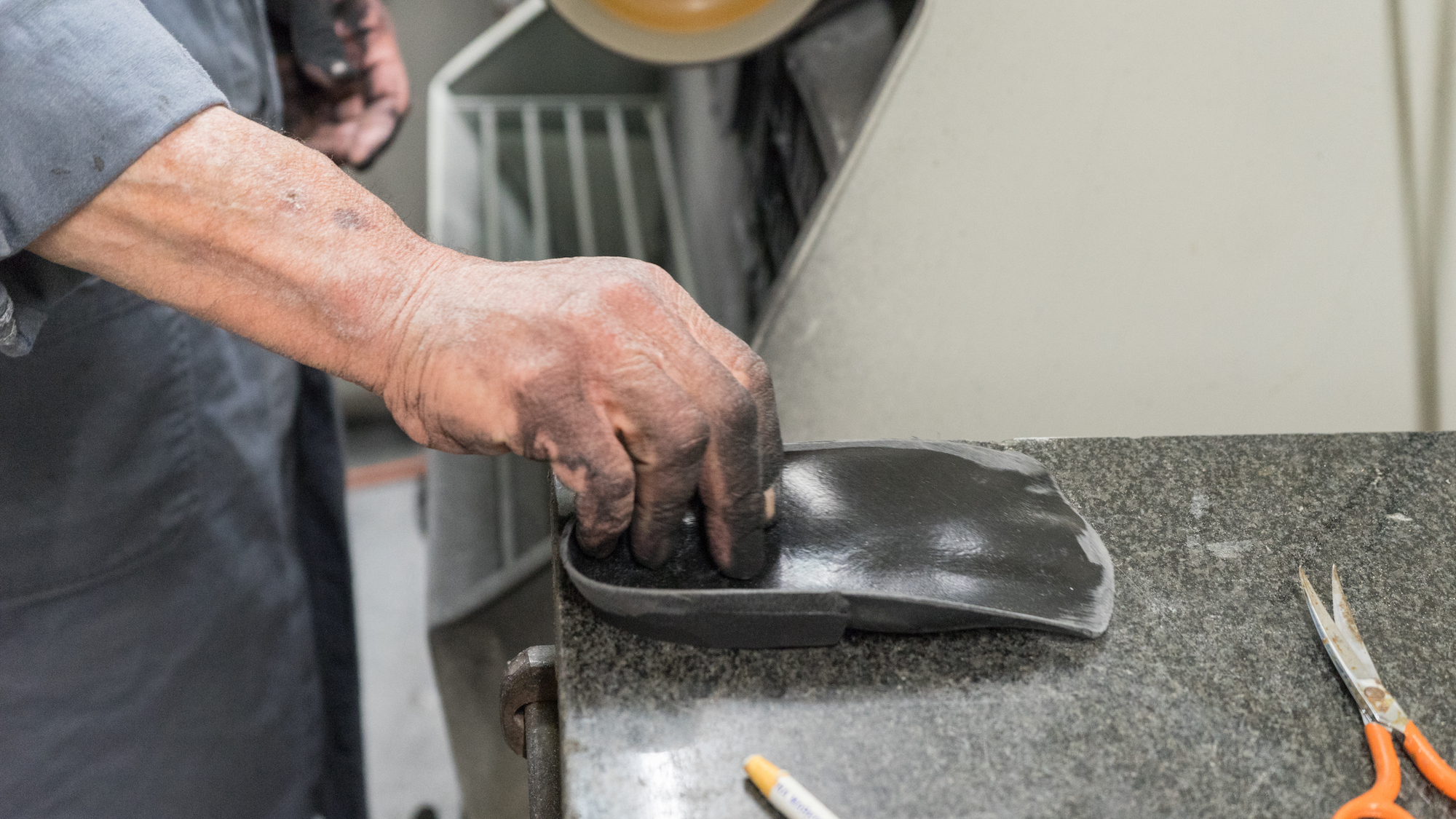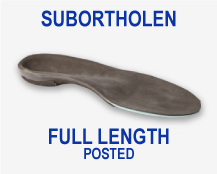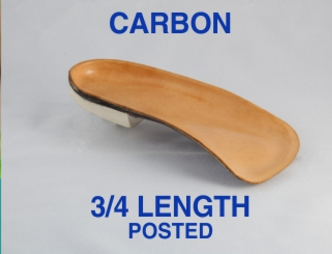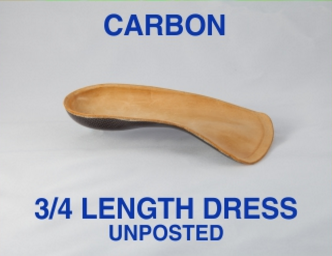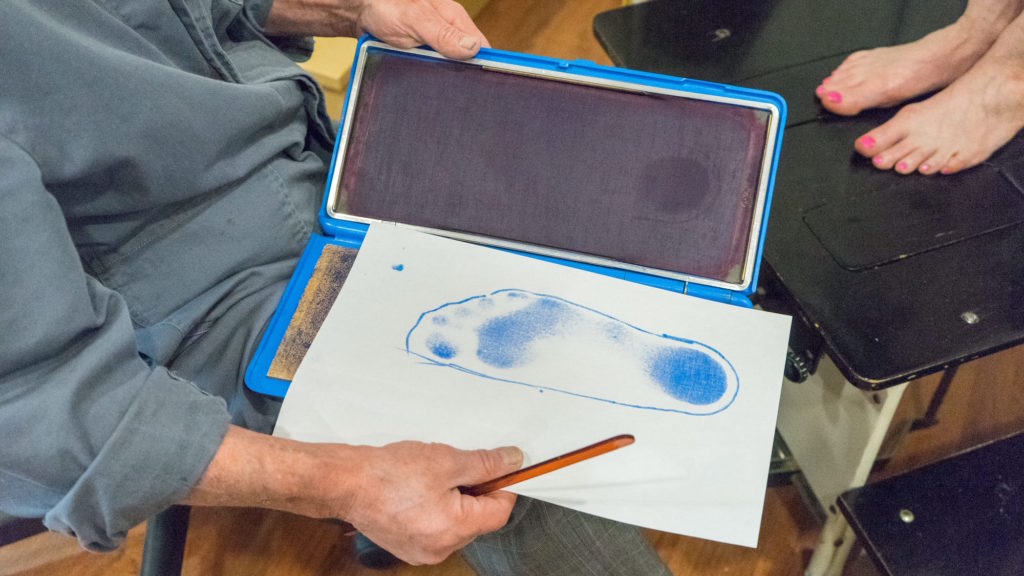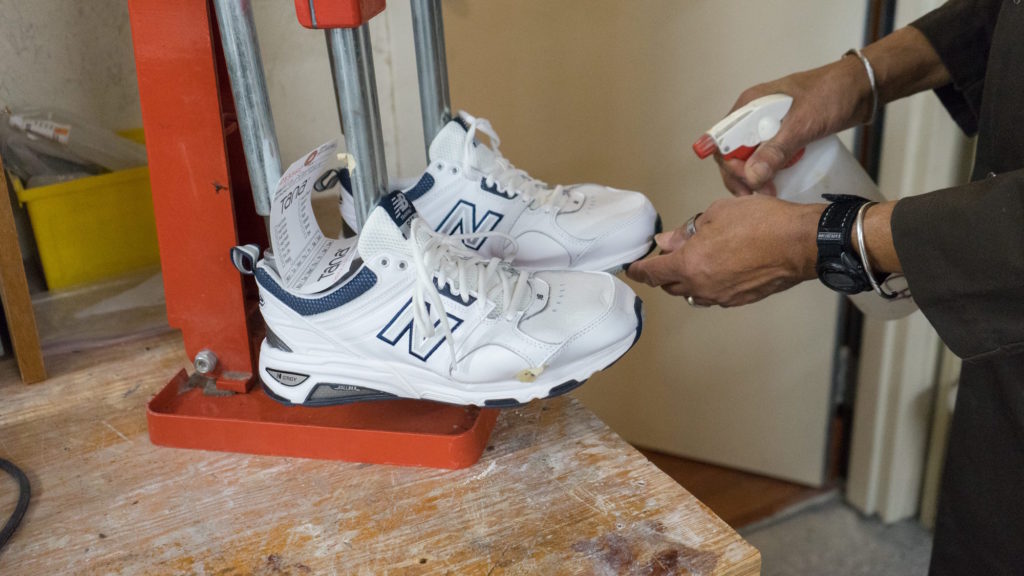Plantar Fasciitis:
Wearing shoes with inadequate support increase the risk of Plantar fasciitis. This condition involves pain and inflammation in a ligament that connects your heel bone to your toes. Sufferers usually have stabbing pain first thing in the morning. The pain might decrease with more activity but after long periods of standing or movement after sitting, the pain will return.
Sufferers get help and relief from their custom orthotics at Fodemesi Health Step! In addition, our customers learn about proper shoe fitting to avoid risking continued irritation the tissue known as plantar fascia.
Interdigital Neuroma:
This painful affliction is a condition that can be described as a compression on nerve fibers in the web spaces of the toes. Typically the location is between the third and fourth toes but can also occur in the area between the second and third toes.
Sufferers experience sharp, burning or tingling sensations. The pain radiates towards the other toes.
Identifying the compression early is important. Broader footwear is recommended and a custom foot orthotic from Fodemesi Health Step will reduce stress on the nerve, thereby helping to reduce inflammation within the nerve tissue.



